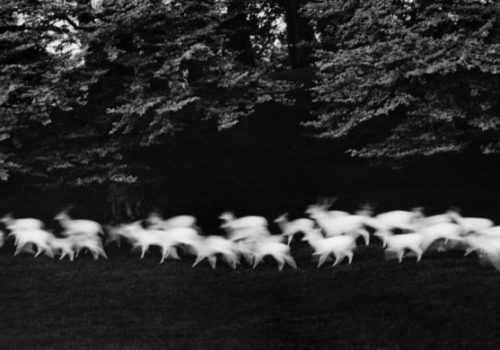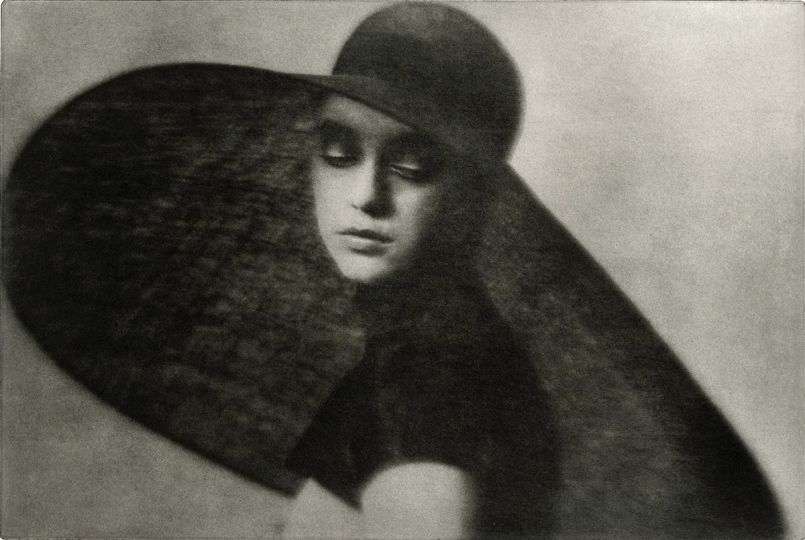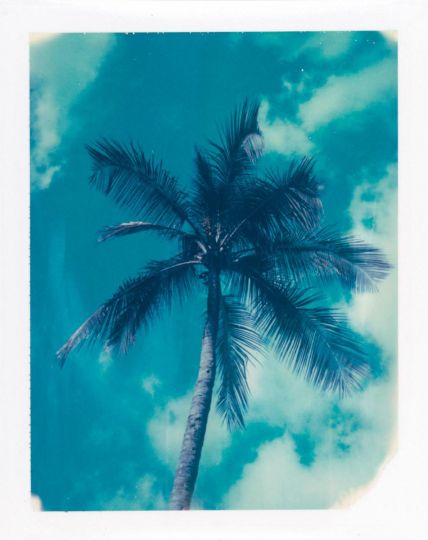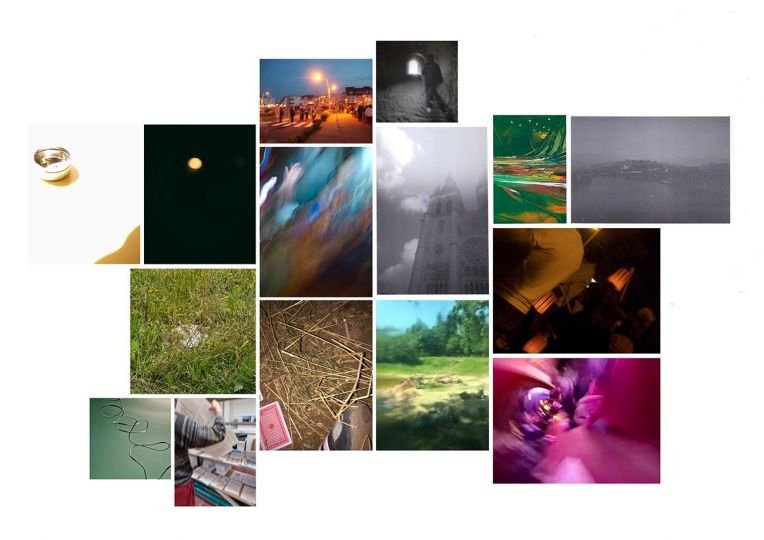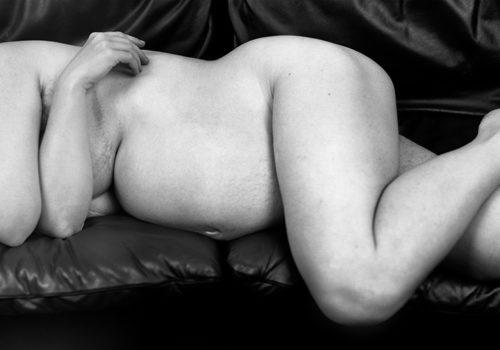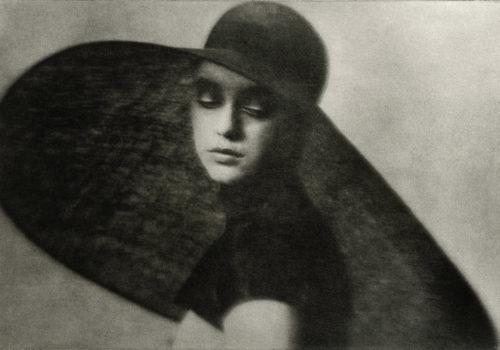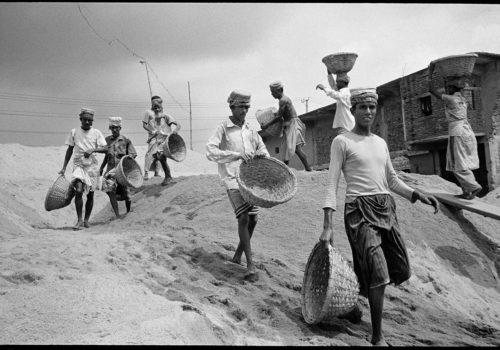I had the pleasure of meeting Paul Caponigro and his helper, photographer Charles J Dukes, at the National Art Museum of China, in Beijing, after the opening of Caponigro’s show on Friday 15 April. The big retrospective of around 150 prints was curated by Zhu Jiong, a photography professor at the Beijing Film Academy’s Photographic Institute. She also organised a seminar attended by over 300 and did an extended video interview with Caponigro, who is now 84.
It is a fine show, particularly strong on early work, as one would expect for a debut show in China, and it demands several visits to contemplate and more fully enjoy the exquisite poetry of his vision expressed in beautiful prints. He was one of my early influences in the late 1960s, so it was a big disappointment when Paul, due to a medical problem, had to cancel the Auckland workshop I was planning for him as part of his intended visit to New Zealand initiated by the Photographic Society of NZ 30 years ago. Interestingly, his photographer son, John Paul Caponigro, is currently visiting New Zealand.
There were more than 300 people at the 2.30pm opening, and also at the 4pm lecture, so there was a huge rush to get from one to the other. Caponigro is an experienced teacher, but the translation process, as it usually does, combined with uneven microphone use and wide ranging questions tended to break the flow of the seminar discussion, which he good humoredly endeavoured to focus on his images and philosophy.
The unfortunate notion that Paul Caponigro is “the last of the ‘Straight Photographers” took hold with quite a few in the audience. It was based on one sentence in the introduction to the exhibition attributed to Li Zhenxi: ‘Caponigro is the only remaining world-class master of Pure Photography, the last of his generation of great photographers whose works are recognized and admired worldwide.’
It is true that there are few photographers born in the 1930s who are still living, and have similar credentials and are as well-known as Caponigro (especially in the English-speaking world). He knew and learned from his association with the likes of Ansel Adams, Edward Weston, and Minor White. But that is patently not the same as being the last of a dying breed of photographers around the world who still use view cameras, analog film, and print with a minimum of handiwork.
Among the eldest and probably best-known others could be Robert Adams, born in 1937, and George Tice, born a year later. (Caponigro was born in 1932.) Slightly younger photographers of note who might also be considered to follow in the “straight” or “pure” photographic tradition represented by Caponigro, include Michael A Smith (b.1942), William Clift, and Linda Connor (b.1944) and Hiroshi Sujimoto (b.1948), Most countries would have their adherents to this tradition, I suspect, but yes, they are not as well known, internationally, and never met Edward Weston, Ansel Adams or Minor White.
It is, perhaps, a Chinese characteristic to want to place major artists in the “Old Master” category as a sign of respect, but such hierarchical veneration, like the naive adoration of famous figures, or brand recognition, does little to help people understand the art. That requires time to look and analyse.
With the exhibition on for only two weeks, until midday 27 April and the museum only open 9am to 5pm daily (closed Mondays), there is no way to maximise the audience for this outstanding exhibition. It is equally unlikely that this Chinese museum will actually acquire any of his prints so they can be studied at leisure by those who now have some idea of who he is and what Paul Caponigro has done in photography – and not just as the last of a breed who played the piano at his exhibition opening.
EXHIBITION
Meditation on black and white
Paul Caponigro’s original work
Exhibition of Direct Photography
National Art Museum of China
1 Wusi St, Dongcheng
Beijing
China
http://www.namoc.org
http://www.johnpaulcaponigro.com

